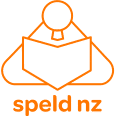What do we know about ‘The Science of Reading’?
First up, our brains are hard-wired to learn to talk, but not to read. Learning to talk evolved, conservatively, 50,000 years ago. Our babies’ brains are primed to acquire speech. However, reading and writing are a lot more recent, estimated to have developed 4000 years BCE when Mesopotamian farmers used some squiggles on clay to represent their valuable goats and oxen. Reading and writing are social constructs, so they need to be taught explicitly.
And what if we’ve got the teaching wrong for the last three decades in New Zealand? Certainly, the latest literacy results paint a bleak picture of our slide down the OECD tables.
A reset is well overdue
According to an organisation devoted to lifting literacy standards, it’s way past time for a reset. Lifting Literacy Aotearoa (LLA) is a non-profit made up of policy analysts and reading experts with one mission: to promote evidence-based teaching methods in reading. For more than 30 years New Zealand schools have taught what’s called ‘Balanced Literacy’, which encompasses the three-cueing system. This means children learn to read using 1. clues drawn from context or pictures, 2. clues from syntax, and 3. clues from visual information, meaning letters or parts of words. For those falling behind, there’s Reading Recovery’, founded by Professor Marie Clay. But LLA and SPELD NZ maintain this method ignores the avalanche of science that identifies the best way to learn to read, and it’s not Balanced Literacy.
It’s much more than phonics
Alice Wilson, Chair of LLG, says the evidence-based research on the best way to teach five-year-olds is a method the International Dyslexia Association calls ‘Structured Literacy’. Yes, it’s about phonics, but that’s not all it’s about, Wilson says.
“Structured Literacy is logical, comprehensive, and does not involve encouraging children to take their eyes off the text. Effective reading is enhanced by sounding out the words from beginning to end.
“When children are beginning to learn to read, we need to teach them to decode at the same time with what’s called ‘scope and sequence’. “The scope is what you’re teaching, and the sequence is what order it goes in.”
So what builds strong readers?
Speech language therapist and literacy coach Emma Nahna explained it this way to Radio New Zealand:
“People often think we’re going on and on about phonics, but Structured Literacy is about so much more than phonics. It enables us to have a clear pathway to teach children about how written language works. We make sure a child can distinguish individual sounds within words. The brain must be able to do that to crack that written code. It’s all about the alphabetic principle, which is phonics, how letters represent the sounds of speech. And we really build up their knowledge of words through careful vocab teaching, and it also goes into understanding how sentences are written, so they can understand and comprehend what they’re reading.
“Decodable books help them practise the system we are teaching them.
They bring together all of the research on the best ways of teaching reading. Children will start with a small set of letters, learn the matching sounds, and blend them into words. They will read books with only those sounds, and then gradually build up to more complex reading.
“It’s slow and takes a lot of effort – at first, [the brain pathway] it’s like a goat track through the bush but with lots of practice, the pathway becomes a lightning-fast superhighway,” says Nahna.
Three-cueing needs to be off the menu
Meanwhile, Balanced Language and Reading Recovery favour teaching the three-cueing method. Alice Wilson says asking children to guess what word makes sense by looking at the visual clues takes their eyes off the print and prevents the brain from making the connection between the speech sounds of the word and the letters. The same thing goes for looking at the picture or looking at the first letter to help learners solve words.
Rote learning sight words also undermines the process of forming connections between speech sounds and the letters in a word, Wilson says.
“We need to take three-cueing off the menu of how we teach reading in schools in New Zealand. It’s damaging to building that reading network in the brain and leaves so many behind.”
Nahna says there’s a lot of talk about the deficits kids bring to the classroom, but what goes on in the classroom is critical. She says the international research is clear – reading is the most studied human skill on the planet.
“The most powerful lever that we’ve got – and the Ministry is really missing out on – is what we do when we’ve got those children in our classrooms for six hours every day. We know that if we can get the teaching right from the beginning, we can prevent most reading failure, regardless of how our children come into school.”
Ignoring the avalanche of research
Wilson says they expected a literacy reset from Minister Chris Hipkins in the latest announcement of the Literacy Strategy. “When we read that strategy, it misses the fundamental knowledge on how the brain learns to read and the huge knowledge in this area. Without this knowledge it is too easy to cling to ineffective teaching methods.”
Meanwhile, according to self-reporting to LLA, 15% of schools across Aotearoa have adopted, or are in the process of adopting, Structured Literacy. Some are being supported by bake sales and sausage sizzles to raise the money for materials like decodable readers and teacher training.
Wilson says, “With the introduction of the new Ready to Read Phonics Plus readers, the Ministry of Education is inching its way forward to bringing reading education into line with this body of knowledge, and this is worthy of congratulations. But the introduction of these books is a watered-down approach, one which continues to delay the urgent and necessary work of a literacy teaching overhaul.
“It is unthinkable that in 2022 our schools in Aotearoa would not be guided by international best practice. We cannot afford to wait another five years for the Ministry of Education to provide schools and children with the knowledge and tools they need. The research has already been done, the consensus is clear. Structured Literacy is the best way to teach all brains, and crucial for some.
“What we need to do now is get on with it,” says Wilson.




